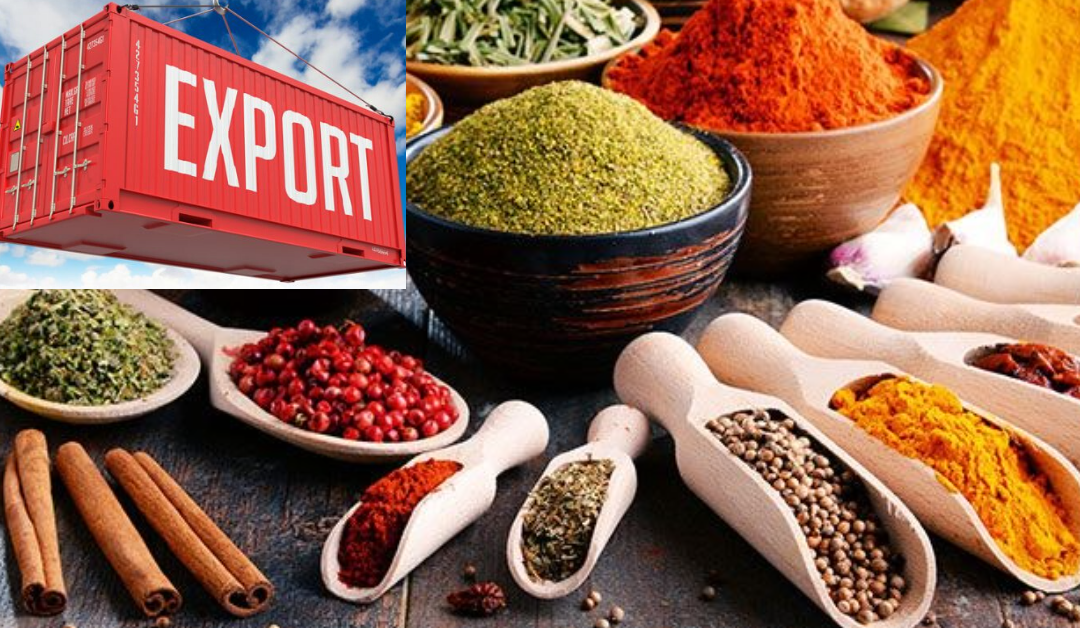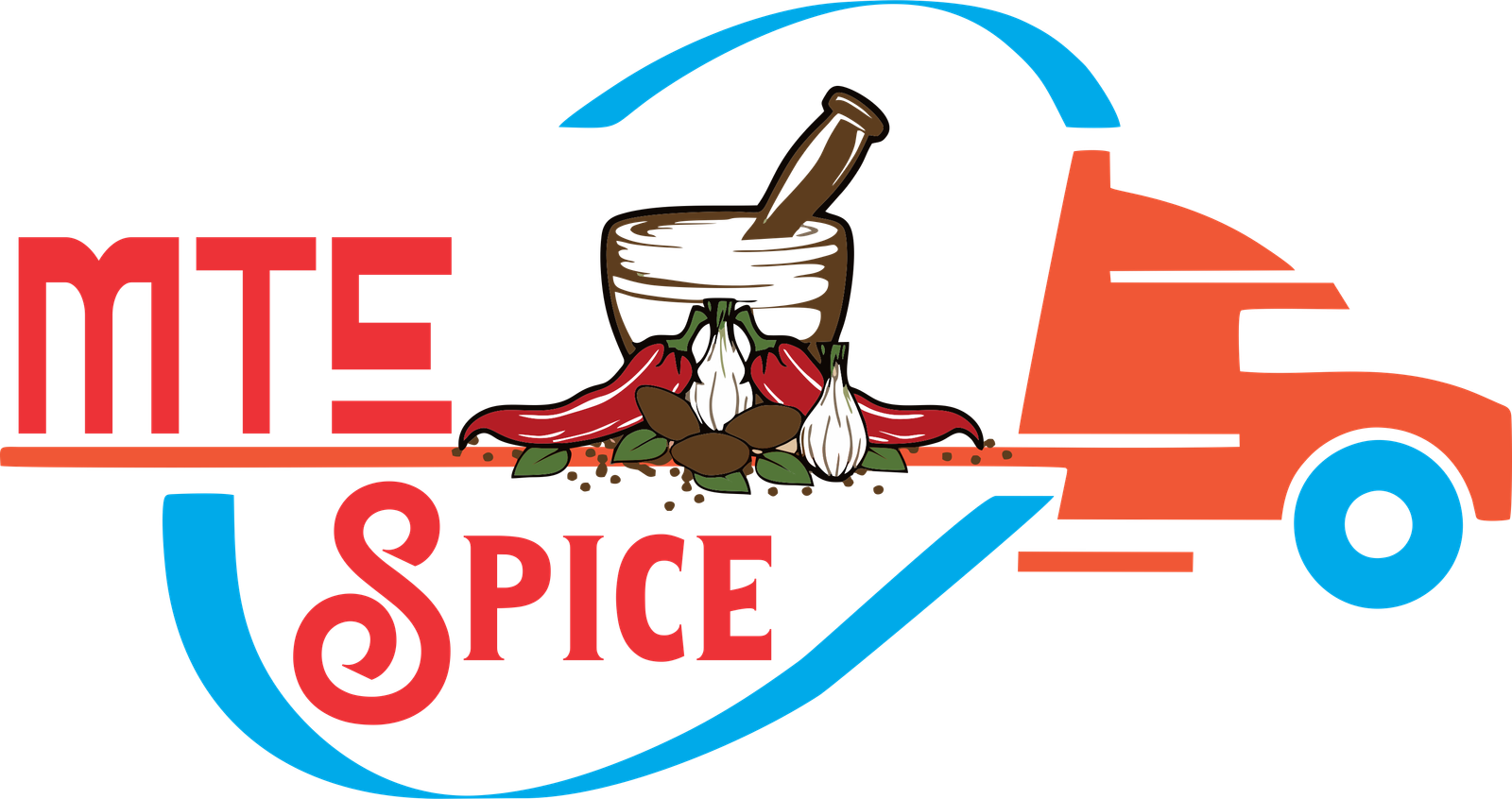Understanding Export Quality Standards for Spices
Understanding Export Quality Standards for Spices: Have you ever wondered what makes a spice be classified as a world-class spice? Flavor enhancers, apart from making food tasty, connect the world through trade, ancient and modern and hold immense health qualities. However, entering a foreign market also requires the spice to be free from toxic substances, contamination and be of high quality. Some of the quality factors that directly affect spices include moisture content, pesticide residues, and correct packaging. Following these principles helps to avoid rejection by any Spice Exporter in India and other countries. Thus, building confidence and long-term profitable exportation of spices.

Therefore, it is crucial to grasp the Understanding Export Quality Standards for Spices for them to be exported to another country. Every country, for instance, the United States and European countries, has its own polices that have to be followed by spice exporters. ISO, FSSAI, and organic certification serve as certain certifications that ensure quality standards are followed. Here we will illustrate the required specifications and how firms can adapt their specifications for export.
Why Quality Standards Matter in Spice Exports?
Quality control in the exportation of spices requires that they should not be contaminated and must meet set quality standards. Here is why it is important to develop quality standards:
- Customer safety: Spices should also be free from presence of pesticide residues, bacteria and any other form of contaminants to ensure that people using the spices do not pose any danger to their health.
- Legal Factors: Several countries have their laws regarding imports and this causes items to be rejected, fined or banned for failure to meet the set standards.
- Market Credibility: Better quality spices help in generating credibility with the markets and the consumer base and building up long-term business relations.
- Competitive Advantage: Meeting global standards helps exporters stay ahead of competitors and access premium markets.
Key Factors Affecting Spice Quality
To conform to Understanding Export Quality Standards for Spices, exporters should focus on some factors that affect product quality:
- Moisture Content
A key requirement for spices is that they should not be moist to avoid spoilage as well as the growth of microorganisms. Water-soluble vitamins and other moisture-containing compounds will dissolve in water as a result of moisture, hence reducing the shelf life of the spices as well as making them unsuitable for use. All the spices have an acceptable level of moisture that is expected to be present; for instance, the moisture of turmeric must not exceed 10%.
- Pesticide Residues
The maximum residue levels on food are regulated by several countries to protect consumers’ health. The spiced samples have to be analyzed to determine whether they have exceedance levels of unsafe pesticide residues following the limit set by FAO and/or WHO.
- Microbial Contamination
Additionally, spices may be contaminated with bacteria like Salmonella and E. Coli if they have not been properly handled. They have to be subjected to microbial tests and must be processed under a hygienically controlled environment. The stringent rules on microbial contamination of foods are observed in countries such as the United States and the European Union.
- Heavy Metals and Adulteration
Certain spices may contain lead, cadmium, and mercury which are malicious to the health of humans consuming them. Moreover, they should not contain any additives like artificial colors, starch or synthetic dyes. Spices for export must undergo the purity test in order to ensure that they do not contain any additives or artificial substances.
- Proper Packaging and Labeling
The packaging of the spices is crucial because it facilitates storage and protection when it is being transported. Spices should be kept in well-sealed packs which should not vulnerable to moisture to avoid contamination of the foods they are being used to season. The labels should have details such as the name of the spice, the country of origin, the date of expiry, the batch number, and any certifications the spice has.
International Quality Standards for Spices
Various countries and regions have set norms in terms of quality that an exporter needs to adhere to:
- FSSAI (Food Safety and Standards Authority of India)
- It provides policy and norms regarding the quality and safety of spices in India.
- It also makes sure that spices do not contain any foreign materials and that they are clearly labeled for export.
ISO (International Organization for Standardization)
- The company provides standards of international quality for the processing and packaging of spices in the market.
- Hygiene, safety, and Quality control measures are well observed in the facility.
HACCP (Hazard Analysis and Critical Control Points)
- A risk management system for food safety in spices production.
- Important for many countries that need to export food products to other countries.
FDA (Food and Drug Administration – USA)
- It is responsible for the formulation of rules regarding the import of spices into the United States of America.
- A stringent regulation on pesticide residues, microbial and heavy metals.
European Spice Association (ESA) Standards
- Contains rules on spice safety and quality in the European Union.
- Major relies on pesticide residues, microbial quality, and purity.
Organic Certifications
- Essential for spices that are labeled as organic and are intended for export to other countries.
- Some of the common ones are USDA Organic, EU Organic and India Organic.
Testing and Quality Control Measures
It is crucial to perform several tests on the spices before they are exported:
- Moisture Analysis: Established to test the water content to avoid deterioration.
- Pesticide Residue Analysis: Checks for harmful chemical residues.
- Microbiological Testing: Detects bacteria, fungi, and other harmful microbes.
- Heavy Metal Analysis: Detects such metals as lead and mercury, among others.
- Purity Tests: It helps in confirming if spices are genuine and not mixed with any adulterants.
Best Practices for Spice Exporters
To provide high-quality spices to match the Understanding Export Quality Standards for Spices, the following best practices should be followed by exporters:
- Sourcing from Reliable Farms: Deal with farming companies that implement better agricultural practices, leading to minimal pesticide use or contamination.
- Proper Drying and Processing: When drying the spices, the heat used has to be appropriate, and the spices have to be kept clean and aseptic.
- Pre-Shipment Inspection & Certification: Conduct quality testing before the shipment and get the necessary certification.
- Safe Packaging and Labeling: Use high-quality packaging materials and provide clear labeling for international markets.
- Compliance with Import Regulations: Stay updated with changing regulations in target export markets.
Conclusion
To ensure the safety of the spices and compliance with international quality standards, it is vital to have a good understanding Export Quality Standards for Spices. Usually, factors such as moisture content, pesticide residue, and even heavy metals used in the process of preparing spice also influence its exportability.
Standards such as ISO, HACCP, and the organic certifications assist in the establishment of credibility as well as catering for the demands of countries such as the U.S and countries in Europe.
Proper ways of sourcing, processing, and packaging can help Dry Chilli Exporters in India and other countries scale up and offer the best spices to clients across the globe. The high standards help meet regulatory standards and gain a competitive reputation in the export market of spices.
